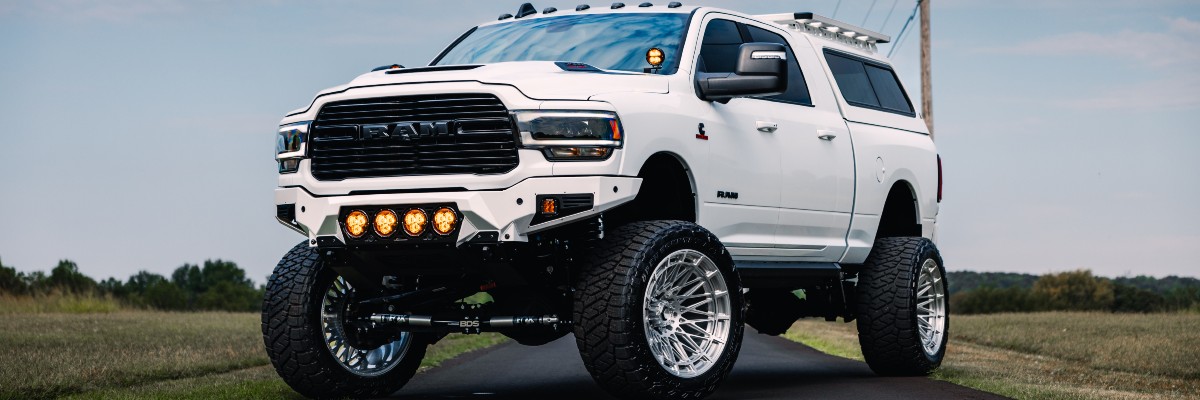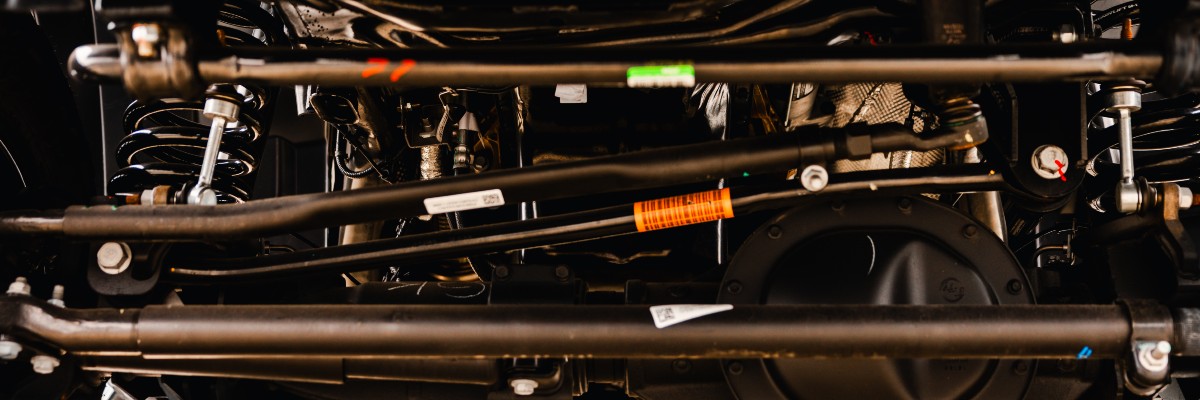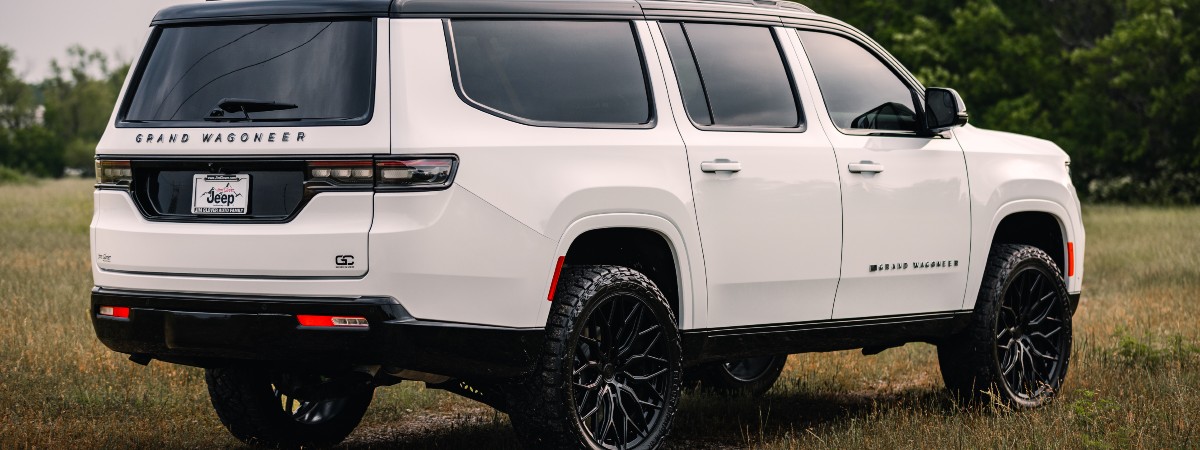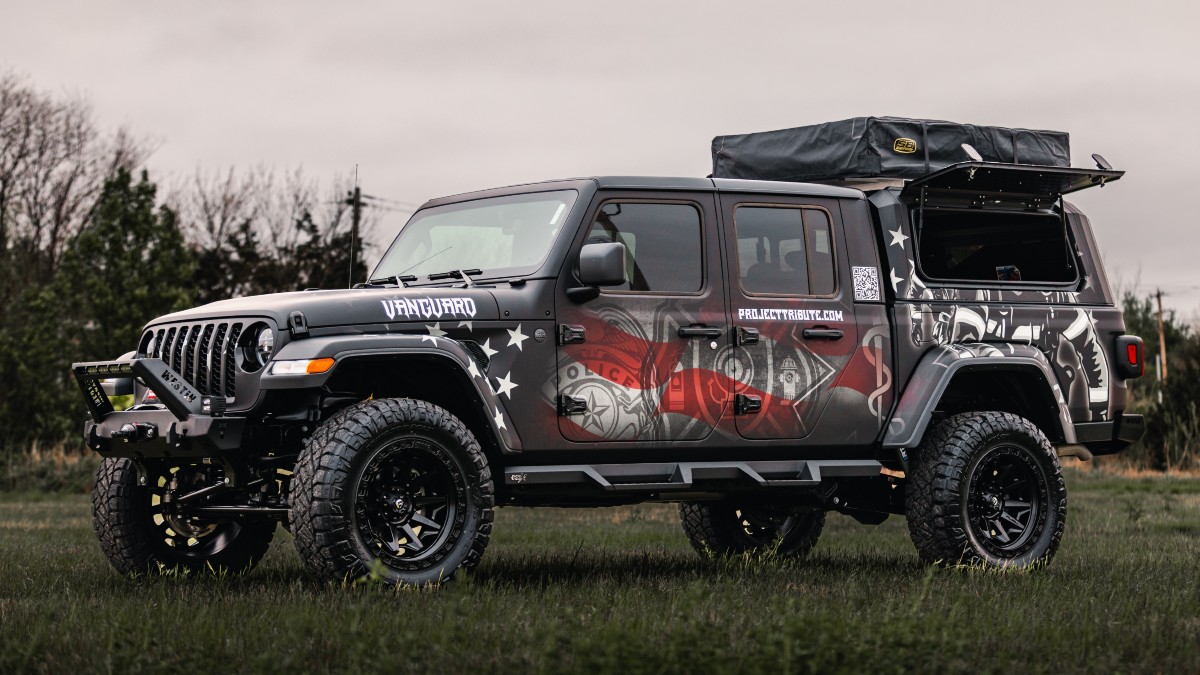While a lot of people choose to have a vehicle that’s not only designed for off-road driving but used exclusively for just that, there are also plenty of people who want their lifted truck or Jeep to be their everyday vehicle as well. For example, why reserve the incredible aesthetics and rugged good looks of your custom vehicle for your off-road adventures?
The potential problem is that your off-road rig was designed to excel on rocky trails, uneven terrain and muddy conditions, so how will it perform on smooth highways and in stop-and-go traffic? The short answer is that not every rig will be properly equipped for daily driving, but there are some strategic upgrades and adjustments you can make to ensure your lifted truck or Jeep can experience the best of both worlds.
Choosing the Right Lift Height
First and foremost, you’re going to have to choose the right lift height. While there are plenty of lift kits out there that can raise your vehicle to extreme heights, those aren’t going to be practical for daily driving. The higher your vehicle is lifted, the more compromised its highway drivability and comfort will become. This is a result of your vehicle’s center of gravity also being raised, which in turn increases the risk of body rolls when turning and even under the pressures of heavy crosswinds.
It’s important for you to find the sweet spot between your off-road and daily-driving demands. When building a dual-purpose vehicle like this, the ideal lift is going to range from just two to four inches. These heights generally provide enough extra ground clearance for moderate off-roading activities while preserving the stability and comfort of your vehicle for daily driving.

Tuning the Suspension System
Your next step is going to be tuning your suspension system, because a lot of stock setups don’t necessarily adapt well when introducing a lift kit. Although your reasonable lift height choice should result in enhanced off-road capability and comfortable highway driving alike, without tuning your suspension system you might instead end up with stiff, bumpy rides while daily driving. Consider the following upgrades and adjustments to properly tune your suspension system of your new dual-purpose vehicle.
- Progressive-rate Springs. By upgrading to these springs, you’ll experience a smoother ride when driving on pavement, but they’ll also stiffen up under heavy loads or on uneven terrain.
- Adjustable Shock Absorbers. Upgrading to high-quality shocks will allow you to fine-tune your suspension system for different driving conditions, giving you greater control and more comfort.
- Sway Bar Disconnects. Sway bars are designed to reduce body roll on highways, but they can also hinder articulation when off-roading. Adding disconnects will allow you to temporarily disconnect your sway while on the trail, ensuring optimal performance in both environments.
Installing a Steering Kit
Something else you might notice while driving your lifted truck or Jeep under everyday conditions is loose or vague steering. The steering system’s geometry is something else that gets altered when you install a lift kit. These changes can lead not only to poor responsiveness but sometimes even “death wobbles” when operating at high speeds. In order to fix this, consider the following steering upgrades:
- Adjustable Track Bars. You can reduce how vague your steering feels by adding these after your lift, as they’ll properly align your axle.
- Steering Stabilizers. One of the best ways to improve highway handling is to add these, as they absorb vibrations and make steering feel more precise.
- Heavy-Duty Tie Rods & Drag Links. By upgrading your linkage you can shore up your steering system’s durability and prevent those aforementioned death wobbles.

Enhancing the Brake System
Depending on how much you’re adding to your vehicle throughout the customization process, you have to realize just how much more it is going to weigh when things are all said and done. Just installing the lift kit and upgrading to larger tires adds quite a bit of weight to your vehicle, and this added weight places extra strain on your factory brakes. This will lead to longer stopping distances and reduced braking efficiency, which is just about the last thing you want in any vehicle. Consider the following brake upgrades to better handle all of the added weight:
- Performance Brake Pads & Rotors. By replacing your brake pads and rotors with performance versions, you can improve stopping power as they’re able to resist head buildup during heavy braking.
- Big Brake Kits. By upgrading to larger calipers and rotors, your braking system will have the strength required to safely bring heavier vehicles to a stop.
- Braided Stainless Steel Brake Lines. Swapping to these incredible brake lines will improve the feel of your brake pedal and enable your brakes to resist expansion under pressure.
Swapping Between Tires
One final suggestion we have for you can sound tedious and will certainly be an investment, but it’s a great way to ensure your vehicle performs as well as it should in both situations. If you’ve equipped your vehicle with aggressive off-road tires, they’ll excel any time you’re tackling the trails — but they can feel noisy, bumpy and inefficient when driving on highways and regular roads. Likewise, regular old smooth tires aren’t going to perform very well on your off-road adventures. The best way to address this issue is to have a set of tires for each type of driving and swap between them when you need to.
- A simple set of all-terrain tires will be perfect for your daily driving as they offer a smoother and quieter ride while also delivering improved fuel efficiency.
- The go-to choice for off-road adventures is a set of mud-terrain tires, as they offer optimal grip on loose and slippery terrain.
If you have any further questions about how to equip your lifted truck or Jeep for daily driving, don’t hesitate to give us a call here at the sales desk.



